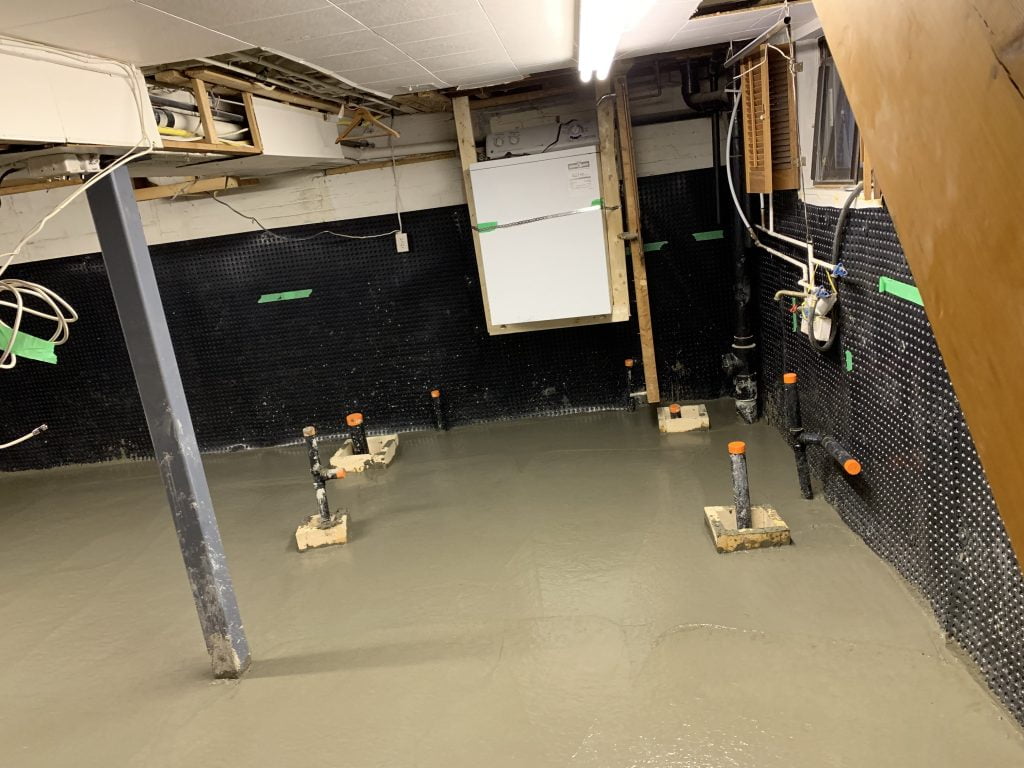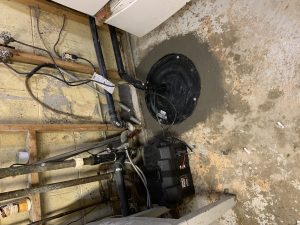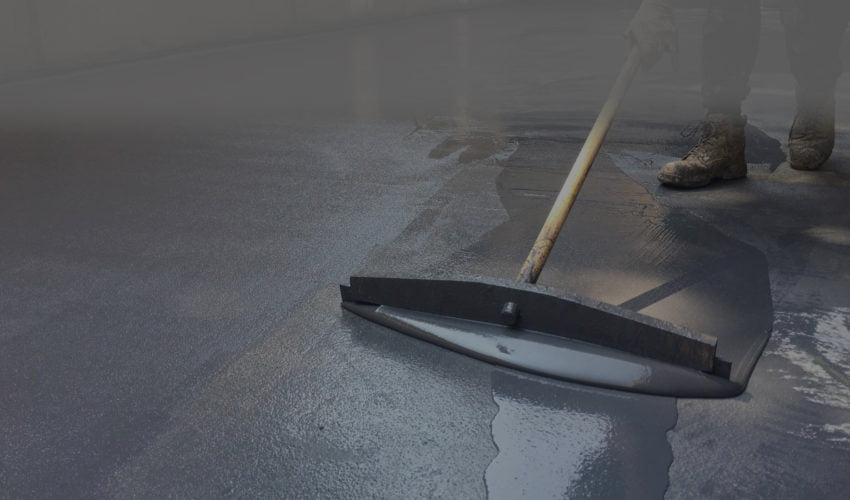The arrival of springtime brings warmer temperatures as well as lots of melting snow and rain. If you do not have the proper measures in place, you could end up with water coming into your home, especially your basement. This is a huge concern for any homeowner as wet basements can cause a boatload of problems from damaged floors and drywall to ruined furniture and even more worrisome, mold. The basement is an ideal place for mold to grow, particularly if you have a moisture problem. Mold can be very difficult to eradicate and can cause severe health issues, so it is a problem that you want to avoid at all costs.

You are probably wondering what steps you can take to prevent your basement from flooding. Here is a list of some of the things that you can do to make this situation much less likely.
-
Check for foundation cracks
Cracks allow water an easy access to your basement. Do a walk around inspection and have any noticeable cracks repaired. Full exterior waterproofing is the best solution. WaterPro Master is an expert in this method. The foundation will be excavated, cracks patched with hydraulic cement, and a series of sealants, membrane and weeping tiles will be put in place. This is your best line of defence against basement flooding.
-
Check windows and door frames
As a homeowner, you should also look around your windows and doors. Many times, people think that their foundation is leaking when it is just a matter of resealing their frames with caulking.
-
Install flood prevention devices

Sump pumps and backwater valves are excellent devices that will prevent flooding. A sump pump can be installed in the lowest spot in your basement. The pit will collect any water that enters, and the pump will push it out and away from your home.
Backwater valves are installed on the main lateral sewer line and will prevent any backflow from entering your home. If backflow is detected, a flap will rise to block it.
-
Inspect your eavestroughs and downspouts
At least twice a year you should do an inspection of your eavestroughs and downspouts, especially if you have a lot of trees on your property. Pine needles, leaves and other debris can create blockages and will need to be cleaned out to allow the water to flow freely through. If your eavestroughs are blocked it will cause the water to overflow and waterfall right next to your foundation. This will saturate the soil, cause erosion of the foundation and can lead to a leaking basement. Your downspouts should be extending 2 meters from your foundation to adequately carry the water away.
Water freezing in the eavestrough can also create problems as it can lead to ice damming. This happens when water freezes and eventually builds up under the shingles. Frozen downspouts can prevent water from freely flowing away from your home which can lead to flooding. To prevent this, you can install heating wire in the eavestroughs.
-
Clear snow away from the foundation
Snow built up around your home’s foundation can lead to leaking. It is a good idea to keep snow a few feet away from the foundation to prevent melting snow from making its way inside. Just be sure that when moving snow, you keep all drains and drainage areas clear so that the water has somewhere to go when it begins melting.
-
Create an acceptable ground slope
The ground should be sloping away from the foundation to prevent water from moving towards it and saturating the soil there. In the spring you can do a visual inspection and add some soil to lower areas. You never want to have spots where the water is sitting against the foundation walls. When doing this just be sure that you are not blocking the weeping tile system because if the weeping spouts are blocked the water will have nowhere to go.
Following these guidelines should give you some peace of mind. In addition, you can check with your insurance company about coverage. Many policies will cover damage acquired from a sudden burst pipe but do not cover water damage from rain, overflows, runoff, or sewer backups. You can check if this extra coverage is available to you. Climate change is becoming increasingly noticeable and there have been many more homeowners in the Toronto area dealing with flooding in the last number of years. Taking additional coverage and preventative measures is highly recommended as it can save you a lot of money and stress.

